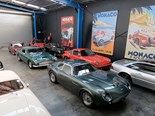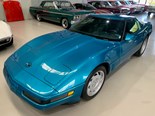One step forward, another step sideways - Faine



|
The brake master cylinder had become the weakest link on Jon's Citroen Light 15
My shed has been the scene of mixed fortune over the summer. Some projects have been galloping ahead, making their way along the labyrinth of life towards someday being complete. Others have displayed the evil intent of some mysterious dark force that conspires to rob me of all energy and the will to live.
Into the ‘good car’ category goes the 1970 DS21 Citroen, the flying saucer looking toy with the weird hydraulic suspension that floats the car along the street, sublime in effortless comfort. It has at last shaken off a series of occasional leaks. Blessed with two new and shatteringly expensive Michelin tyres on the front and a fresh battery from Santa, it has been deemed roadworthy and anointed with new club registration in time for deployment over Christmas. It starts, it stops, it wafts along. The AM-only radio delivers the ABC cricket commentary complete with nostalgic crackle and all is right with the world whilst I am cocooned in the warm embrace of its patinated leather armchairs.
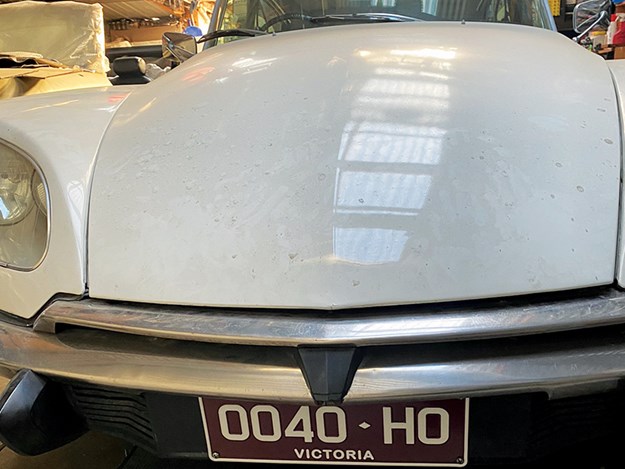
Into the ‘bad’ category goes its immediate Citroen predecessor, the 1949 Light 15. After four years sitting on wheel stands while I slowly sorted through first of all a new brake fluid reservoir, then front wheel brake cylinders, front brake flex hoses and then fancy ‘Pilote’ period correct and rare wheels adorned with those same shatteringly expensive Michelin tyres, it was ready to go back onto the road.
After the first tentative drive around the block, and feeling increasingly confident, I ventured as far as the supermarket. Upon leaving, I could not help but notice my French baby had disgraced herself and left a puddle behind. Closer scrutiny confirmed that the brake master cylinder had become the weakest link - every other part of the braking system having been refreshed. The excitement of being asked to play with all those new friends was just too much so it threw in the towel.
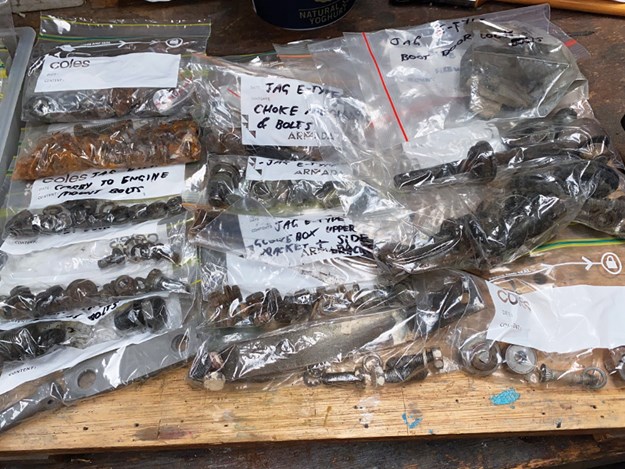
This goes with this, goes with that
Reconditioning a master cylinder is no big deal – the club spares scheme readily supplied the refurbishment kit and it is just a few bolts and circlips to whip it out. Except strangely for a Citroen (not) it is impossible to reach.
There is zero clearance to get to the master cylinder from above. I can see it – but cannot reach it, as it is entombed in a crevice that would challenge Indiana Jones, deep between the front monocoque hull and the motor. I hoped it was accessible from underneath, but no, once on a hoist it was clear that it is simply not possible while the engine is in the car.
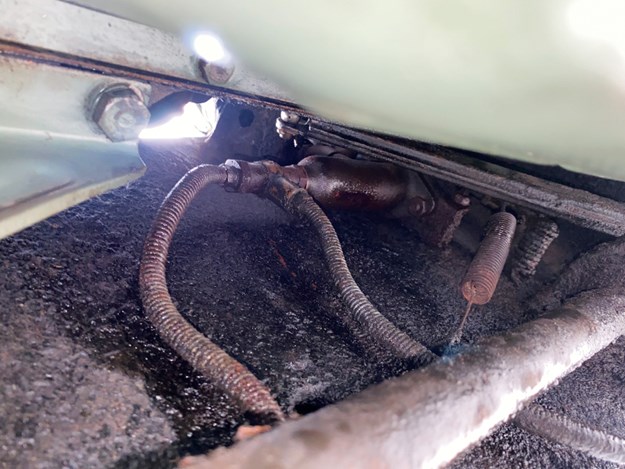
Seen yes, but impossible to get at
When I get some time, I have to whip off the bonnet (two bolts), then the grille (a dozen or so nuts and bolts), then the radiator and cross-member come out, then after undoing the exhaust flange, fuel and other connections the final step is that the drive shaft bolts get undone which will allow the entire motor and gearbox assembly to lift free of the hull. The master cylinder can then be spoken sharply to and while I am in there, I will replace all the motor and radiator rubber mounts, front shock absorbers, the entire rusty and ancient exhaust and replace the brake lines (now 70 years old). Should be a doddle, well at least it is easy to put down on paper!
Meanwhile, my fire-damaged 1970 Series 2 E-type has at last been despatched to the paint shop. Paul at HVR in Blackburn who are managing the project, generously offered me the chance to do some of the grunt work not just to save money but to feel involved with the restoration. I was gifted a large and heavy cardboard box full of plastic bags bulging with corroded but carefully labelled fittings of every imaginable description.

Although the fire extinguisher saved the car from total destruction (see earlier stories), the powder left a chemical residue that corrodes every surface it touches. There is just no alternative but to slowly and carefully work through the almost endless queue of zip lock bags with Jaguar entrails inside each one.
So instead of the beach or going fishing, my summer break was consumed by hours – even entire days – on the wire wheel addressing the literally thousands of ruined nuts, bolts, clips and fixings that together all hold the E type together. Every flat or spring washer had to be replaced, every bolt thread checked and put through the tap and die set, every nut relaced and every surface had to be cleaned. Brackets got painted, alloy got polished.
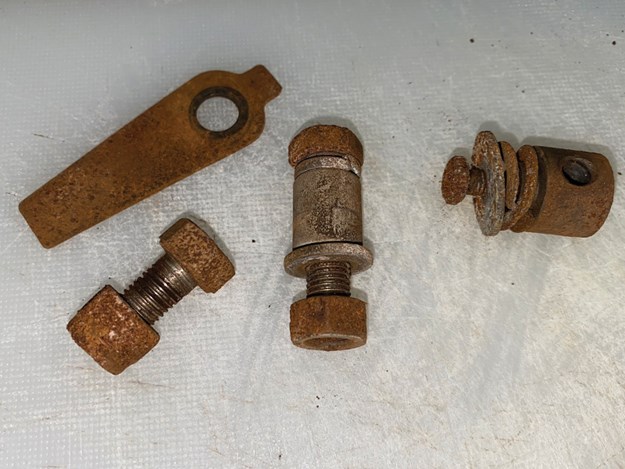
The Dremel nearly blew up from such a solid workout and somewhere around fifty or more polishing tips made the ultimate sacrifice. Multiple tubes of Autosol made their special contribution and if I succumb to arthritis in the next few years this is where the rot set in.
But now it is all done. As a new year begins, so can re-assembly of my precious toy.
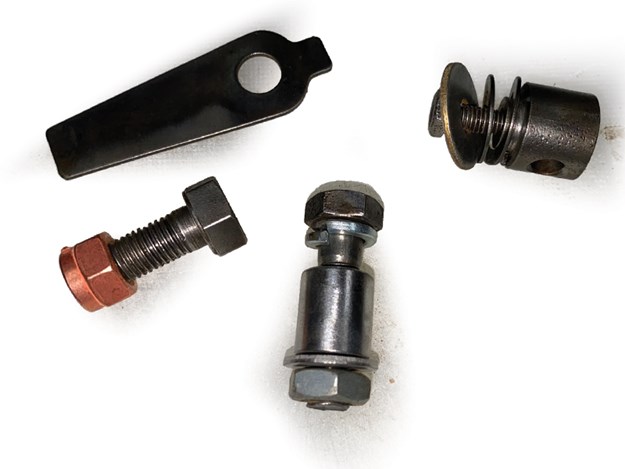
From Unique Cars #475, Feb 2023
Unique Cars magazine Value Guides
Sell your car for free right here
Get your monthly fix of news, reviews and stories on the greatest cars and minds in the automotive world.
Subscribe

.jpg)







